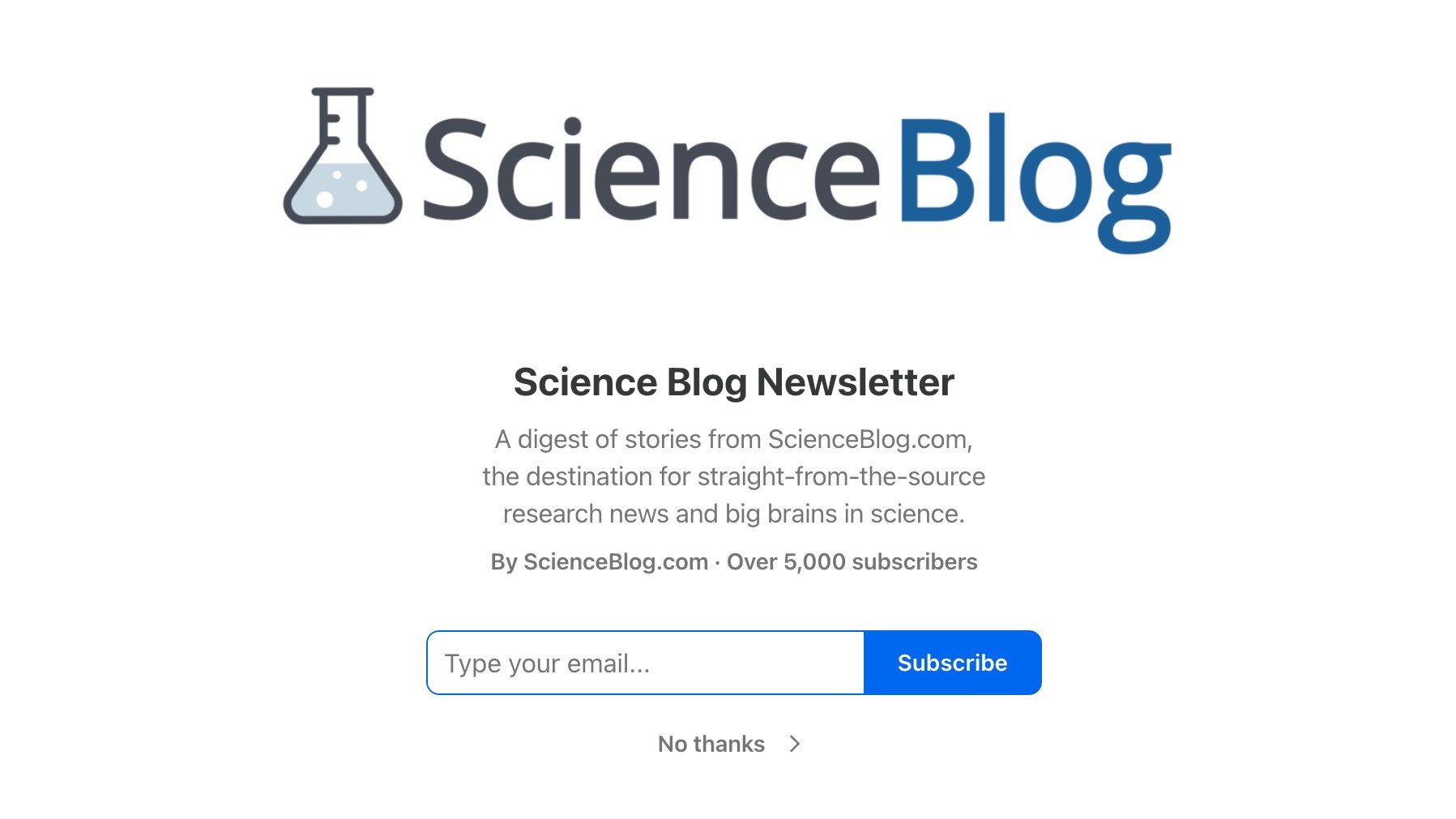Whereas most discarded plastic water and beverage bottles (those imprinted with a number 1 within a triangular arrow) can be recycled , the resulting second-generation plastic is generally unusable for making new plastic bottles. This is because the polyethylene terephthalate (PET) thermoplastic polymer used to make the original bottles is often made with the help of metal oxide or metal hydroxide catalysts that linger in the recycled material and weaken it over time. [More]

